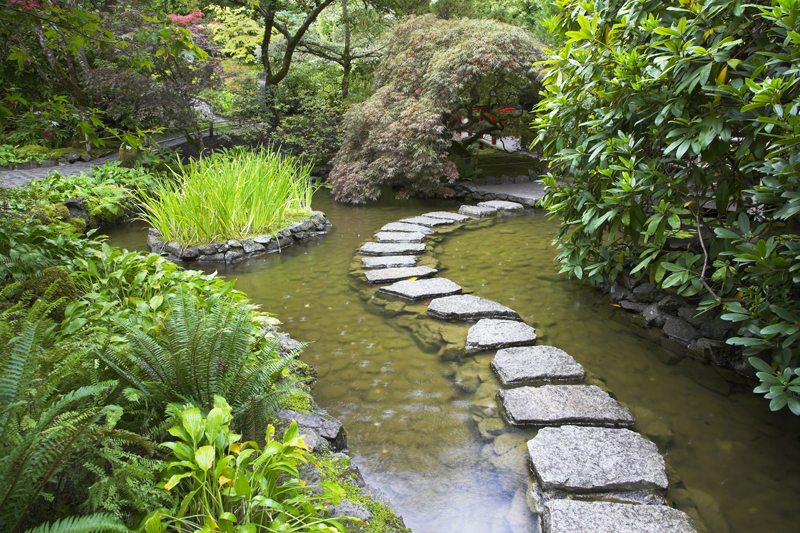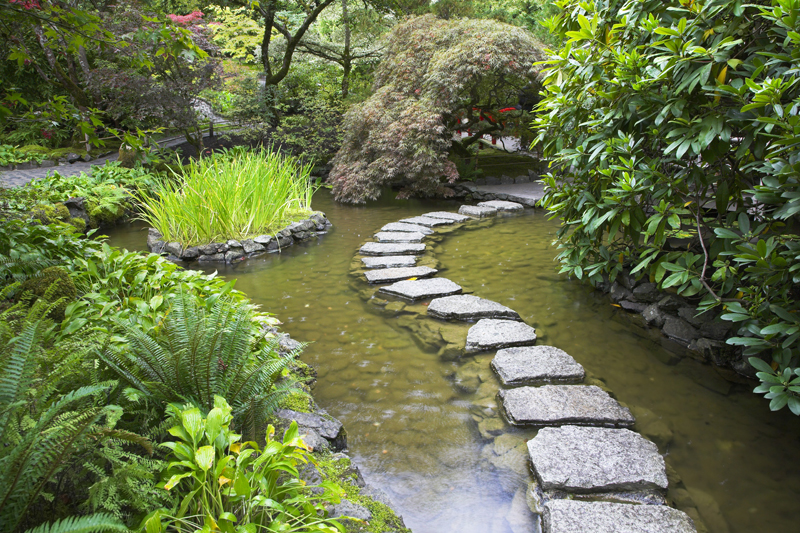Tuberoses for Pollinator Gardens

The tuberose (Polianthus x tuberosa) is a bulb. It was originally native to Mexico. This plant has long been a garden favorite.
This plant is a member of the agave family. It is best suited to areas with a long growing season.
This is hardy to zone nine. The plant reaches three to four feet or so in height, depending on the variety. It features long, very narrow leaves that are only ½ inch wide. But, they can be as long as a foot or so.
The foliage is mostly basal and forms rosettes. At the base of the foliage you will find red tinges.
The stem leaves differ by being smaller. They tend to clasp the stem.
Depending on the variety, tuberoses can have single or double blooms. For pollinator gardens, it is best to grow the single flowered ones.
The tuberose begins blooming from late summer and continues into early fall. The flower color can vary according to the variety.
They can be white, various shades of pink, or yellow. One known as The Pearl has white blooms. However, the buds are a lovely pale pink. In France, these blossoms are used in perfumes.
The tuberose blossoms are 2 1/2 inches in length. These waxy flowers form a short terminal raceme on a tall spike. These blooms contain petals as well as sepals.
These plants are known for their very rich scent. The blossoms are used for cut flowers.
The tuberoses are suitable for pollinator gardens. These yield quite a bit of pollen for pollinators along with some nectar as well.
Growing Tuberoses
These bulbs are generally sold in late winter and early spring because they are considered summer bulbs.
Tuberoses are recommended for borders. These bulbs can be planted outdoors in cold areas after the date of the last expected frost is past. The plants can also be grown in greenhouses as well.
These bulbs prefer a rich, moist, well drained soil. Plant them an inch deep. The plants do best in full sun.
If the tuberoses are planted outdoors in cold regions, they will need to be dug after the first frost of the fall. Dry the bulbs and store them in a dark, relatively warm area until the next growing season. A temperature of 65 to 70 degrees F. is suggested.
Tuberoses produce offsets, which can be used to propagate new tuberose bulbs. These offsets will then bloom the second year.
So far as insects and diseases are concerned tuberose can sometimes be attacked by powdery mildew and aphids.
This plant is a member of the agave family. It is best suited to areas with a long growing season.
This is hardy to zone nine. The plant reaches three to four feet or so in height, depending on the variety. It features long, very narrow leaves that are only ½ inch wide. But, they can be as long as a foot or so.
The foliage is mostly basal and forms rosettes. At the base of the foliage you will find red tinges.
The stem leaves differ by being smaller. They tend to clasp the stem.
Depending on the variety, tuberoses can have single or double blooms. For pollinator gardens, it is best to grow the single flowered ones.
The tuberose begins blooming from late summer and continues into early fall. The flower color can vary according to the variety.
They can be white, various shades of pink, or yellow. One known as The Pearl has white blooms. However, the buds are a lovely pale pink. In France, these blossoms are used in perfumes.
The tuberose blossoms are 2 1/2 inches in length. These waxy flowers form a short terminal raceme on a tall spike. These blooms contain petals as well as sepals.
These plants are known for their very rich scent. The blossoms are used for cut flowers.
The tuberoses are suitable for pollinator gardens. These yield quite a bit of pollen for pollinators along with some nectar as well.
Growing Tuberoses
These bulbs are generally sold in late winter and early spring because they are considered summer bulbs.
Tuberoses are recommended for borders. These bulbs can be planted outdoors in cold areas after the date of the last expected frost is past. The plants can also be grown in greenhouses as well.
These bulbs prefer a rich, moist, well drained soil. Plant them an inch deep. The plants do best in full sun.
If the tuberoses are planted outdoors in cold regions, they will need to be dug after the first frost of the fall. Dry the bulbs and store them in a dark, relatively warm area until the next growing season. A temperature of 65 to 70 degrees F. is suggested.
Tuberoses produce offsets, which can be used to propagate new tuberose bulbs. These offsets will then bloom the second year.
So far as insects and diseases are concerned tuberose can sometimes be attacked by powdery mildew and aphids.

Related Articles
Editor's Picks Articles
Top Ten Articles
Previous Features
Site Map
Content copyright © 2023 by Connie Krochmal. All rights reserved.
This content was written by Connie Krochmal. If you wish to use this content in any manner, you need written permission. Contact Connie Krochmal for details.



